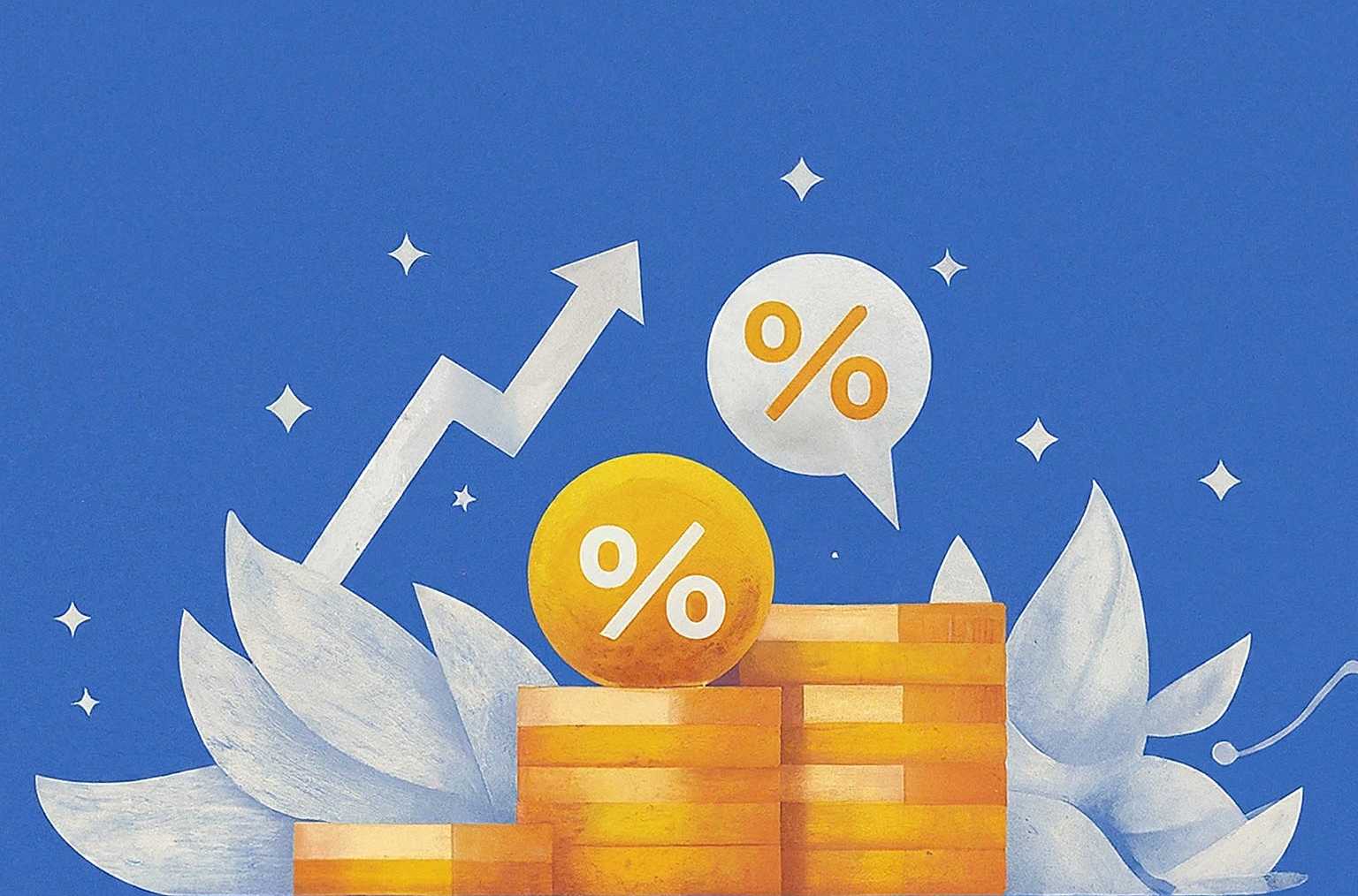How To Kickstart Your Peer Lending Journey: Everything You Need To Know
As the P2P lending industry grows in Nigeria,...
March 31, 2024

Have you ever wondered why the interest rate on your savings account changes? Or why your loan payment might fluctuate? Interest rates are like the heartbeat of the financial world, influencing everything from the size of your monthly loan payment to how quickly your savings grow.
Let’s dive into the world of interest rates, breaking down what they are, how they work, and why they matter to you.
Simply put, interest is the price you pay to borrow money. It’s what banks or lenders charge you to use their funds for purchases like a home, car, or education.
On the flip side, the interest rate is the reward you earn for saving your money in accounts like fixed deposits or high-yield savings.
Rates go up and down based on economic factors and policies set by the government. At its core, an interest rate is the cost of borrowing money or the reward for saving it. It’s expressed as a percentage of the principal amount.
Think of it as the price you pay to a lender for using their money or the earnings you get from a bank for letting them use yours. Central banks, like the Central Bank of Nigeria play a crucial role in setting benchmark interest rates.
These rates influence economic activity by controlling inflation and promoting growth. It’s a delicate balance: too high, and borrowing becomes too expensive; too low, and it can lead to inflation.
There are a few different flavors of interest rates you should know about:
Several factors can influence interest rates, including:
Interest rates have a direct impact on your wallet. Here’s how:
Whether interest rates are high or low, there are strategies to make the most of the situation:
In a low-interest-rate environment, it might be a good time to refinance loans or mortgages to lock in a lower rate. Savers might look for alternative investments that offer higher returns when rates are low. During high-interest periods, locking in rates with fixed-rate loans can protect you from future increases. Interest rates are a fundamental part of financial planning, affecting everything from your daily budget to your long-term savings goals.
By understanding how they work and keeping an eye on current rates, you can make more informed decisions about loans, savings, and investments. Remember, knowledge is power, especially when it comes to managing your money.

As the P2P lending industry grows in Nigeria,...
Payday loans are a type of no-credit check...
Talking about money with your significant other might...